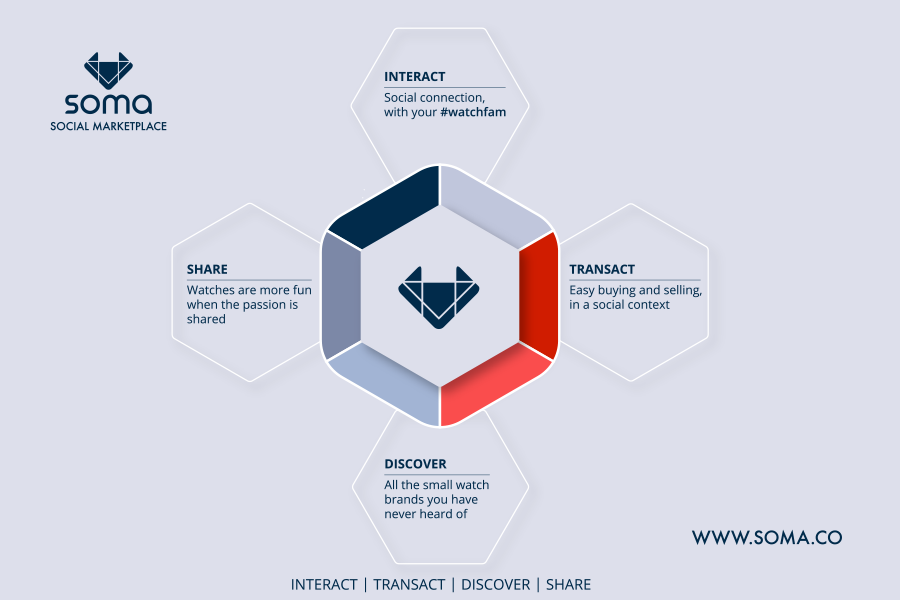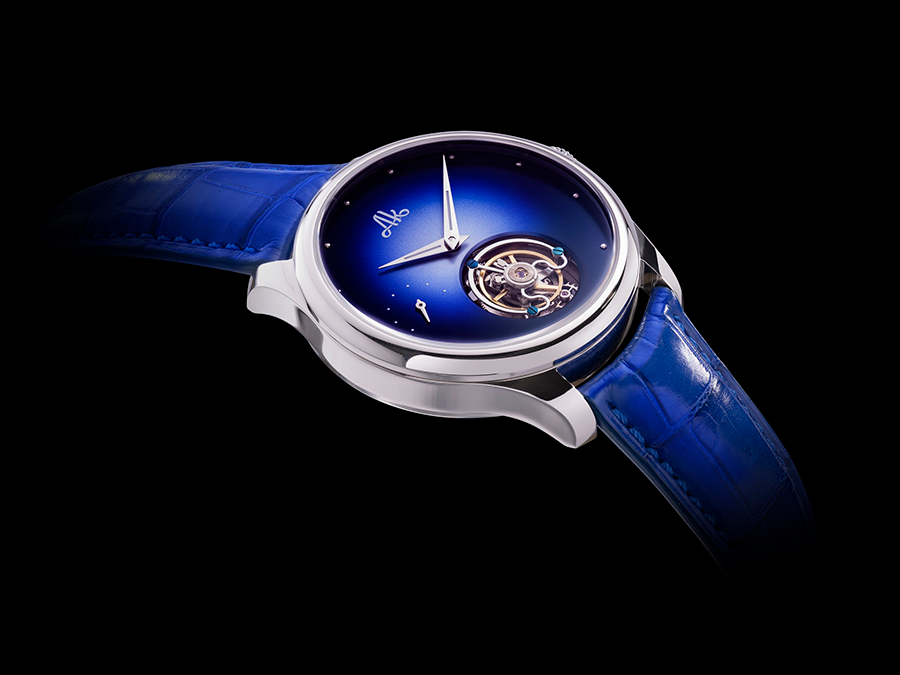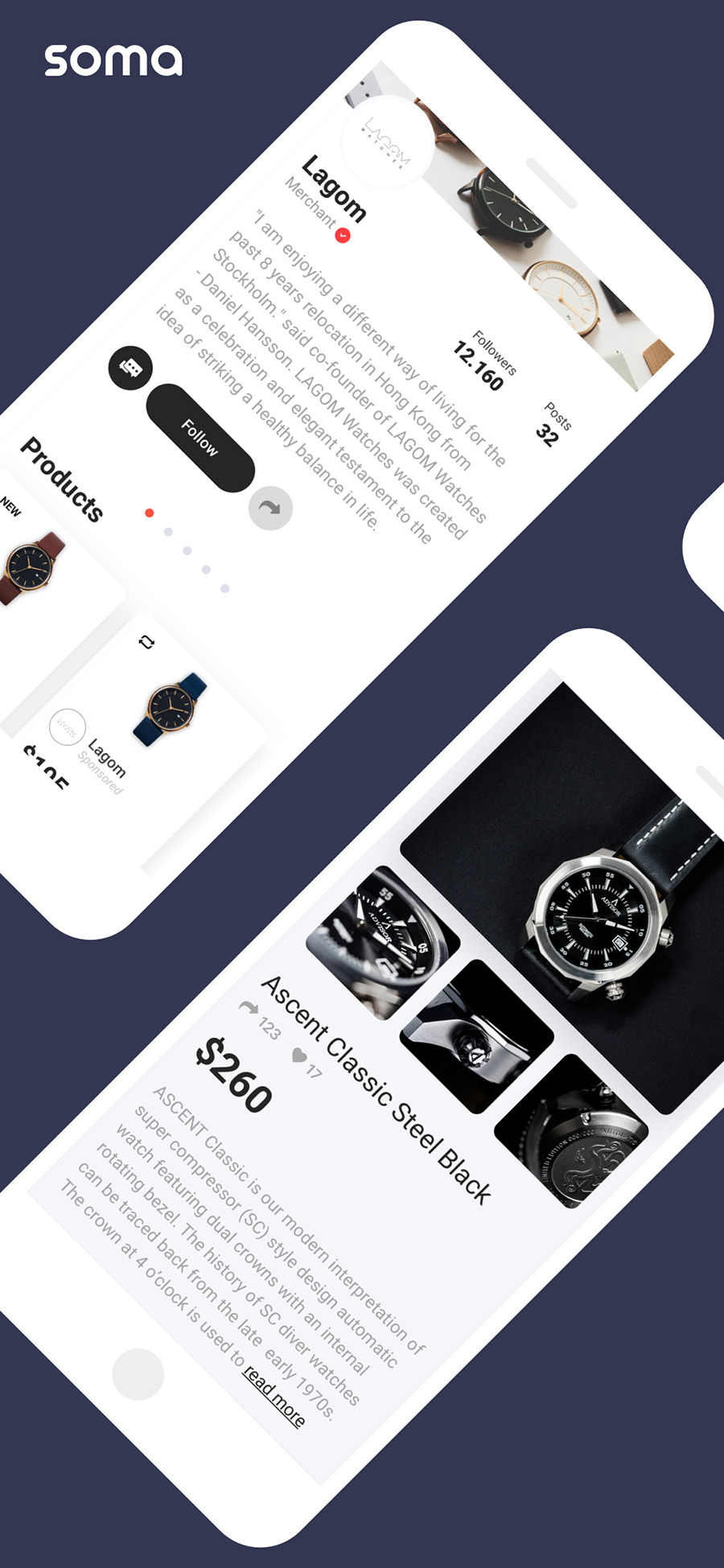I am a Strategist who understands that we're living in the era where the collision of creativity, technology, and data is creating a perfect storm of opportunity. I understand that the connective tissue between these forces is the place to be; deep diving, clarifying, testing assumptions, validating, and doing it all over again in support of a guiding vision for the brand. I am endlessly curious about how the world works and am always looking for ways to help clients move forward.
I am…
a true collaborator who can create, own and defend the conceptual frameworks that guide internal teams and client objectives. I work seamlessly across multiple disciplines and multiple clients of all stripes. I have a passion for working strategically within creative teams to define the best outcomes. I have a user-centric approach and strive to give consumers a meaningful experience across every channel we touch.

I have...
Experience as a Strategist: visual, brand, digital, and marketing. In both agency and corporate environments. I know how clients think, the importance of process and collaboration, and the operating concepts and methodologies for solid strategic work.
Experience with research methods: I am as comfortable digging for gold in a pile of research that a client may provide as I am creating a national survey, or talking to customers and stakeholders.
Insight into industry and consumer trends: Becoming an expert - fast. As well as familiarity with analytical tools.
Comfortable developing strategic insights for new business opportunities: I make — and defend — critical decisions using the results of data analysis. I am able to synthesize client data and provide meaningful insights and recommendations.
A well-rounded understanding of marketing principles and practices: I am empathetic to a customer experience of any kind.
Ability to define measurement KPIs and find key insights:Understanding what's possible to track, what a meaningful user outcome metric is, and building the infrastructure to identify it ahead of time.

As designers, we must understand the visual objective and emotional characteristics of the brand before the creative process begins. As developers, we must have a clear answer to the primary question. “What are the fundamental objectives of the project?” To answer that question we first ask ourselves “ What purpose must the site fulfill for the user?“ This is a difficult question for a client to answer. Invariably, their response involves things like “brand awareness” and “increase traffic”. We digest that input but distill further, emphasizing the fact that those fundamental objectives referred to above are found in the user experience. Everything in this day and age revolves around the customer experience. Clients will not engage with Client to expand brand reputation or increase traffic. They expect the company and site to perform a function and fulfill a valuable purpose with the least possible resistance. Naturally, it is challenging for most clients to wear the “user” hat. That’s because they are rarely their own target audience. Which brings us back to why qualitative research is so critical to the process. Once we have clarity on what these “fundamental objectives” are, we can begin to strategize what platforms we must utilize to provide optimal delivery of those objectives. It is only then we determine what platform(s) are going to best meet those objectives.


Roger Thom